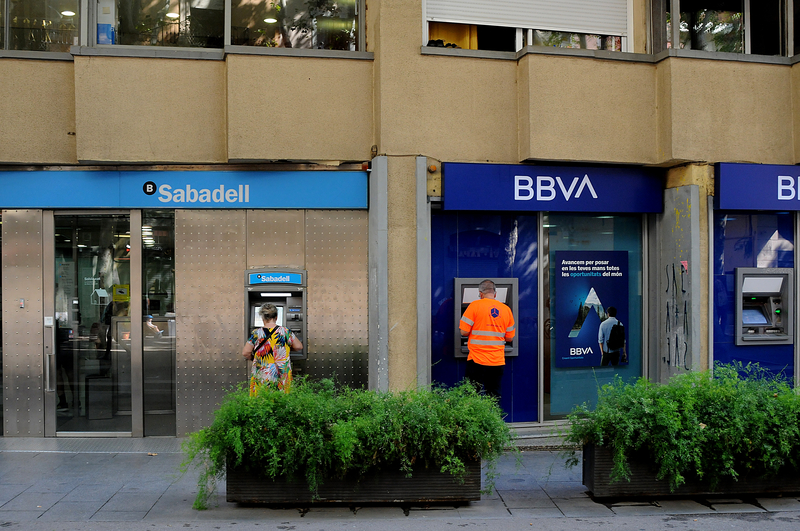The Spanish government on Tuesday made a significant decision impacting the planned merger between BBVA and Banco Sabadell. While the Council of Ministers approved BBVA’s takeover bid, it imposed a crucial condition: the two financial institutions are prohibited from merging for the next three years. This period can be extended to five years if necessary, allowing for a thorough assessment of the impact on the public interest.
Three Years Apart: Autonomy for BBVA and Banco Sabadell
As explained by the Minister of Economy, Trade, and Business, Carlos Cuerpo, this decision confirms the commitments already agreed upon by the National Commission for Markets and Competition (CNMC). Both companies must retain their legal personality for at least 36 months. In practical terms, this means they will operate with separate assets and maintain full autonomy in managing their business activities. This includes independent decision-making in critical areas such as financing and lending, especially for SMEs, the branch network and banking services, as well as human resources and social work through foundations. In essence, specific merger processes, such as the implementation of an ERE, can only be carried out at the earliest in three years.
Protecting Public Interest: Five Criteria for Public Service
Minister Cuerpo emphasized that the measures taken are based on five central criteria of public service:
- Ensuring sectoral regulatory objectives: This includes supporting growth and business activity.
- Employee protection: The interests of employees of both banks are paramount.
- Territorial cohesion: Ensuring banking services across the entire national territory.
- Social policy: Preserving the important social work carried out by the foundations.
- Financial consumer protection and affordable housing: Protecting citizens from negative impacts, as well as promoting research and technological development.
The government’s intention is to preserve the “richness of the specialization of both companies’ models or their connection to their clientele.” This particularly means protecting proximity to customers. “Autonomy in management implies effective autonomous decision-making in the area of financing and lending for SMEs, in human resources, regarding the branch network and banking services, and in social work,” Cuerpo added.
Proportionate Measures After Intensive Review
Carlos Cuerpo highlighted that these are “proportionate and adequate” measures that ensure the progress of the takeover operation while protecting public interests. The executive had deliberated on this complex issue for almost a month, having until June 27 to make a decision after the CNMC referred the case to the Council of Ministers to assess potential impacts on the general interest.
In early May, the Ministry of Economy also initiated a public consultation to gather opinions from stakeholders affected by the operation. BBVA then assured that an “overwhelming majority” saw no negative impact of the venture beyond competition. However, the Minister of Economy justified the government’s position by the presence of “several affected general interests” and the scale of the operation itself. Instead of partial conditions whose outcomes would be difficult to predict, a finalistic approach was chosen, enforcing the protection of each identified interest through a single, comprehensive condition. “This favors an orderly transition that helps preserve these intangible values and thus the general interest,” Cuerpo explained.
Monitoring and Long-Term Planning
To assess the effectiveness of this condition, BBVA and Banco Sabadell must submit a detailed status report to the Secretary of State for Economy and Business Support six and 24 months after the three-year period. This document must include the model of autonomous management implemented and its contribution to maintaining the aforementioned criteria of general interest. Additionally, a long-term structural plan must be created and published on the company’s website. This plan should outline how the corporate strategy will impact the identified issues over at least the next five years.




